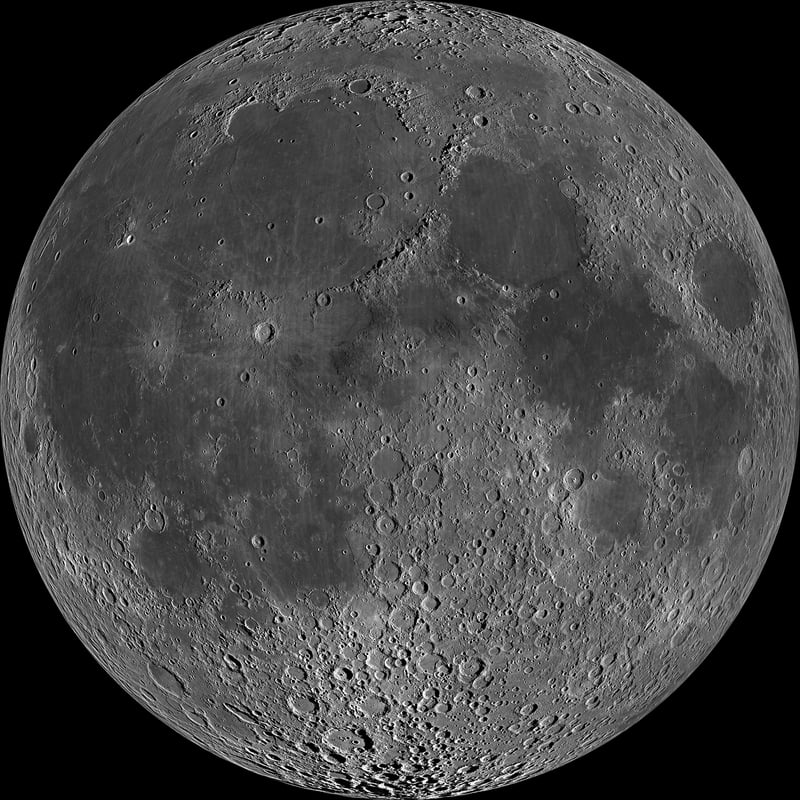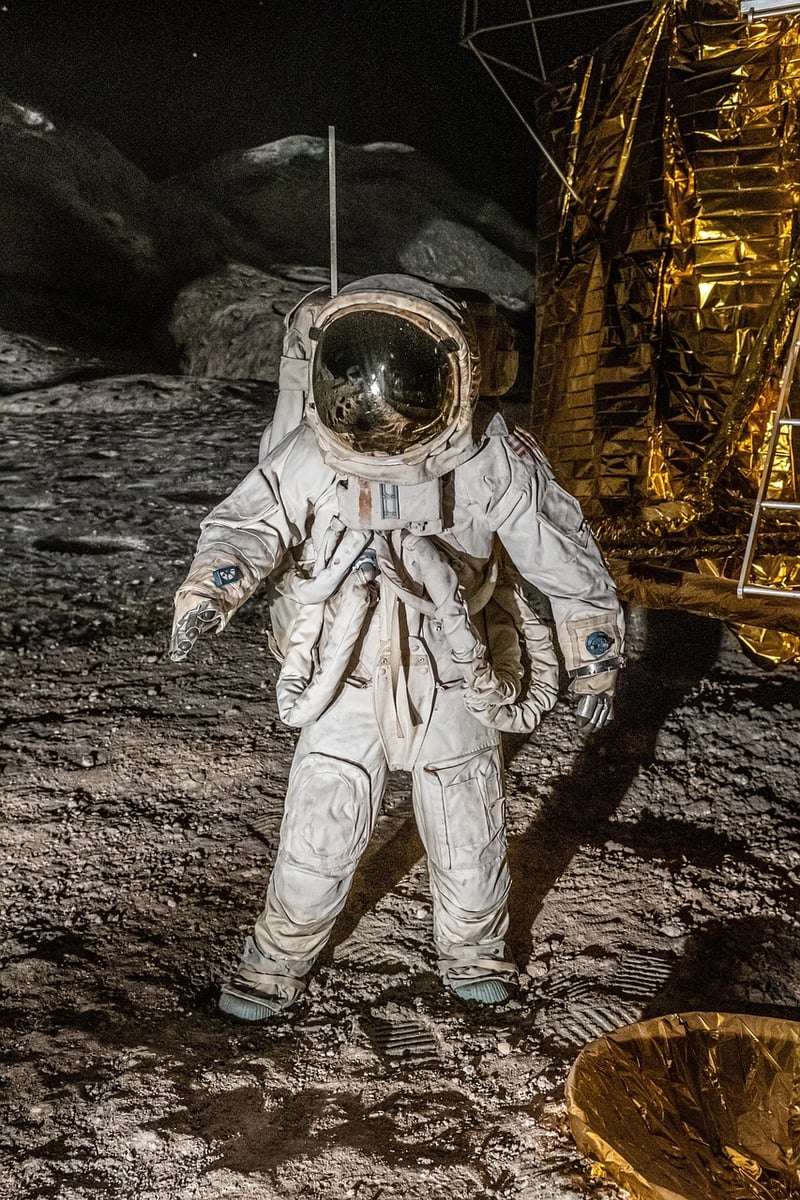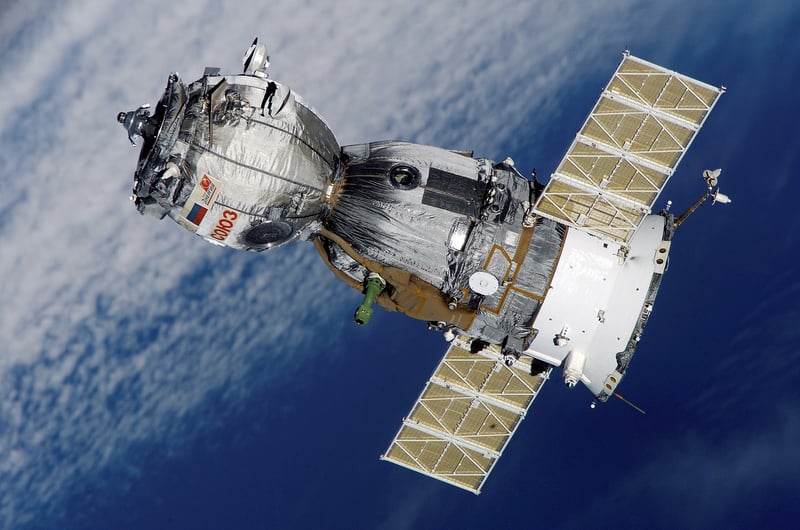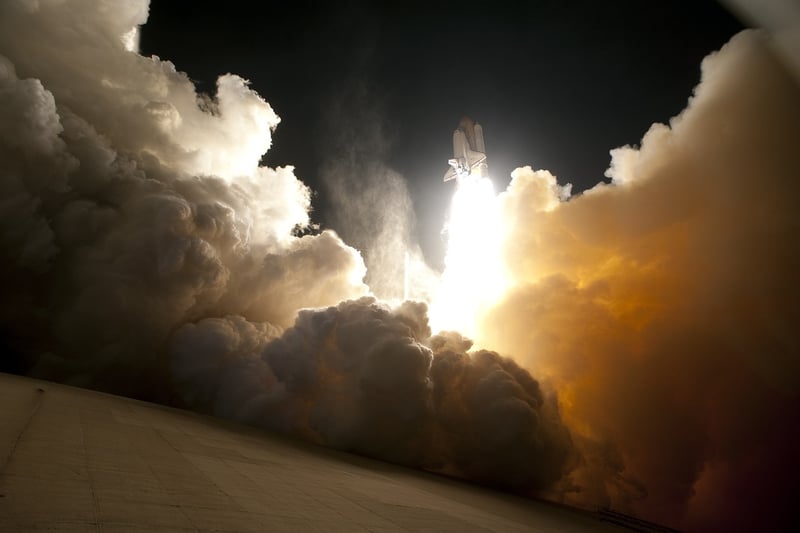Robotic Missions
The Future of Space Exploration: Innovations and Robotic Missions
Space exploration has always been a fascinating endeavor for humanity, pushing the boundaries of our understanding of the universe. In recent years, significant advancements have been made in the field of space exploration, particularly through innovative technologies and robotic missions. Let's take a closer look at some of the exciting innovations that are shaping the future of space exploration.
1. Robotic Explorers: Unleashing the Power of Automation
Robotic missions have played a crucial role in expanding our knowledge of the cosmos. These unmanned spacecraft are equipped with sophisticated instruments and cameras that can capture stunning images and collect invaluable data from distant planets, moons, and asteroids.

Robotic explorers, such as rovers and landers, have successfully landed on Mars, sending back breathtaking images of the Martian landscape and conducting experiments to analyze the planet's geology and atmosphere. These missions provide scientists with vital information to better understand the potential for life beyond Earth.
2. Space Telescopes: Peering into the Depths of the Universe
Space telescopes have revolutionized our understanding of the cosmos by capturing images of distant galaxies, stars, and nebulae. These powerful observatories orbit the Earth or are stationed at strategic points in space, allowing them to avoid the distortion caused by the Earth's atmosphere.

The Hubble Space Telescope, for example, has provided us with stunning images of celestial objects and has helped scientists unravel mysteries such as the age of the universe, the existence of black holes, and the formation of galaxies.
3. In-Situ Resource Utilization: Making Space Travel Sustainable
In-situ resource utilization (ISRU) is a key concept for future space exploration missions, enabling astronauts to utilize resources found on other celestial bodies, such as the Moon and Mars, to sustain their missions. By extracting water, oxygen, and building materials from local sources, ISRU reduces the need to transport resources from Earth, making space travel more sustainable and cost-effective.

ISRU technologies are being developed to support long-term human presence on other planets, laying the foundation for future crewed missions to explore and colonize other worlds.
4. Interplanetary Internet: Connecting Spacecraft and Explorers
The interplanetary internet is a communication system that enables data transfer between spacecraft, rovers, and mission control on Earth, even across vast distances in space. This technology is essential for enabling real-time communication, remote operation of vehicles, and the transfer of scientific data collected during missions.

By establishing a reliable and robust interplanetary internet, space agencies can coordinate complex missions, share discoveries in real-time, and pave the way for collaborative efforts in space exploration.
Conclusion
The future of space exploration is filled with exciting possibilities, driven by innovative technologies and robotic missions that continue to push the boundaries of our knowledge of the universe. As we embark on new adventures to explore distant worlds and unravel the mysteries of the cosmos, these advancements will play a crucial role in shaping the future of humanity's exploration of space.
